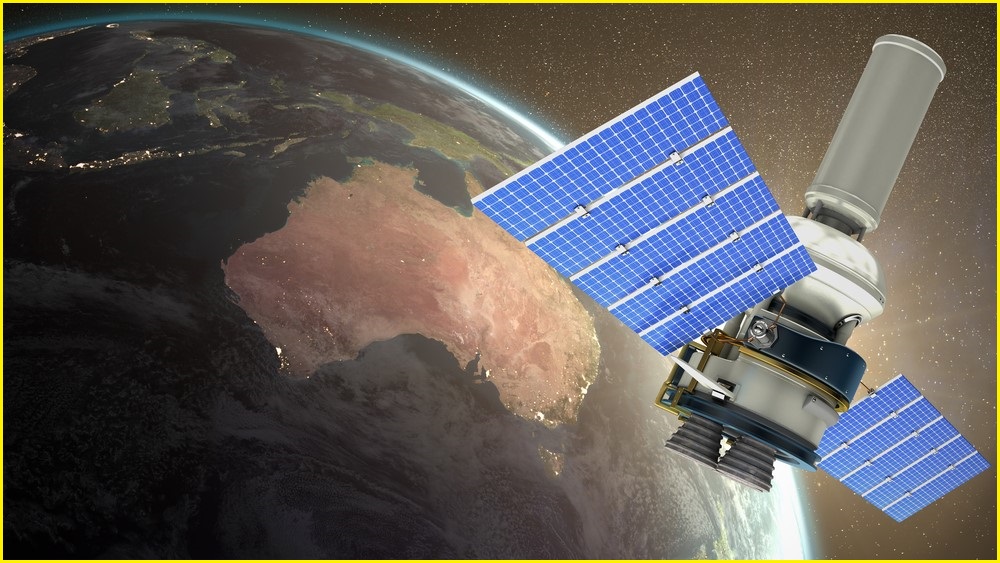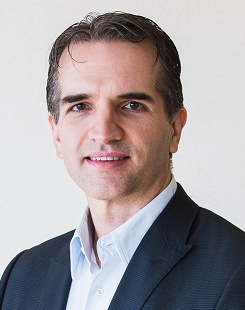Telcos will have to provide mobile voice and SMS coverage across nearly all of Australia by 2027, the government has announced as it doubles down on low earth orbit (LEO) satellite services in a policy change welcomed as “something people in the regions can rely on.”
The proposed Universal Outdoor Mobile Obligation (UOMO) would eliminate mobile blackspots by ensuring universal coverage – and, importantly, access to Triple Zero services – across up to five million square kilometres of Australia and 37,000km of regional roads.
Enabled by an embrace of direct to device (D2D) technology, which is already imminent from Telstra and Optus through deals with SpaceX’s Starlink network, the UOMO will add mobile coverage to the universal service Obligation (USO) framework it flagged for reform in 2023.
Customers will be able to make calls and send messages “almost anywhere where Australians can see the sky,” Minister for Communications Michelle Rowland said in announcing the policy, which will form a core part of the “modernised and expanded” USO.
Enshrining access to LEO satellite services will ensure Australians can access USO-mandated services such as free Triple Zero calls, while the government also plans to work with industry to deliver a framework to support competition amongst service providers.
The UOMO “will improve public safety, increase resilience during natural disasters, and provide an extra layer of coverage in areas previously thought too difficult or costly to reach,” Rowland said outlining “transformative” benefits “for a large continent such as ours.”
Capitulating to a Musk monopoly?
The incorporation of LEO satellite coverage into legislated service guarantees is an “innovative way to enhance mobile coverage” that is well suited for a country the size of Australia, telecommunications analyst Paul Budde said after the announcement.
Yet with Elon Musk’s SpaceX and its rivals “beyond the immediate control of the government and mobile carriers”, Budde warned, “mandating reliance on this nascent technology without guaranteed performance could expose the government to political risks.”
Reuters, for example, recently reported that US authorities were floating the prospect of cutting Starlink services crucial to Ukrainian forces if that country’s president, Volodymyr Zelenskyy, refused to acquiesce to US demands for access to its rare earth minerals.
The reported controversial redirection of a $3.1 billion ($US2 billion) Verizon contract to SpaceX by that country’s Federal Aviation Authority (FAA) highlights the potential issues when a government becomes excessively dependent on a single service provider.
NBN Co may soon help reduce that risk, with the company noting in its latest half-yearly update that it had “received positive responses” to a request for information (RFI) it issued in 2023, and is “exploring options” to replace its Sky Muster satellites with LEO services.
Breaking the bush broadband drought at last?
The announcement is a game changer for regional areas that have wanted city-quality mobile coverage for decades, with a “thrilled” National Farmers Federation (NFF) calling it a “giant leap for rural Australia” – whose residents lodge 47 service complaints per day.
“Mobile black spots are a huge source of frustration for people in the bush,” NFF President David Jochinke said, adding that the UOMO “will ensure that the safety of rural Australians, and their access to basic mobile services, cannot be put in the too-hard basket.”
There are concerns, however, as regional telecoms is reorganised after the 3G network shutdown – with a newly released Senate committee report noting many regional residents have already shelled out for expensive 4G signal boosters and equipment upgrades.
Challenges posed by 3G's withdrawal “had taken a lot of people by surprise,” the report notes – particularly since increasingly data-driven agricultural interests require connectivity for more than just calls and texts – and recommends LEO services be prioritised and subsidised.
Yet LEO services aren’t the only thing getting faster in the bush: NBN Co and telecoms vendor Ericsson also recently succeeded in using 5G millimetre wave (mmWave) technology to deliver wholesale 1Gbps broadband services over unprecedented distances.
The technology – which has so far been rolled out to around 850 of NBN Co’s 2,300 fixed wireless base stations – will boost the sites’ range from around 6.9km to 10km or more, expanding the size of its fixed wireless footprint by more than 50 percent.
That expansion comes on the heels of another upgrade that has extended the transmission radius of NBN Co’s fixed wireless towers from 14km to 29km – promising to fill coverage gaps and help deliver CBD-grade broadband to regional customers much further afield.
Such improvements will finally give regional Australians the certainty they have lacked for years, Jochinke said, noting that “every Australian will feel safer knowing that with the right handset, they can call Triple Zero from anywhere they can see the sky.”










